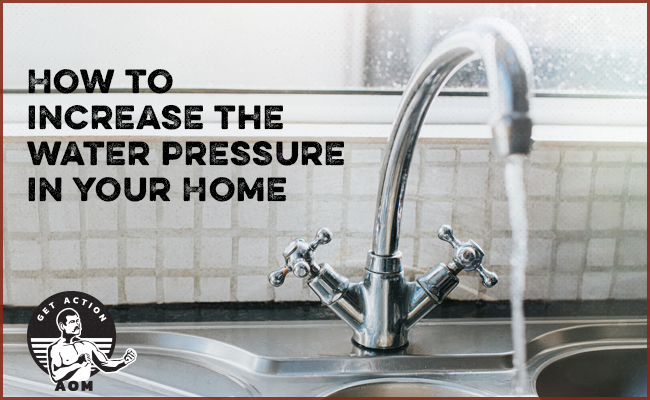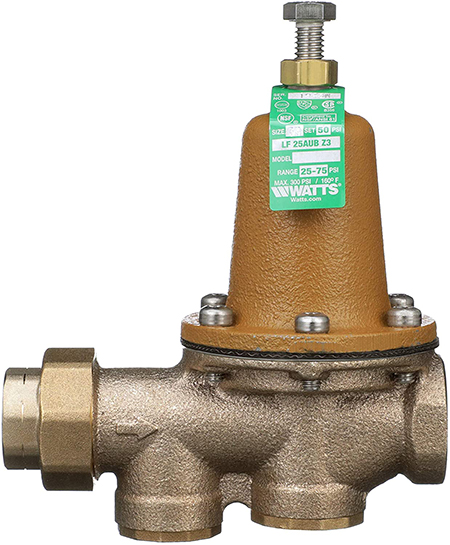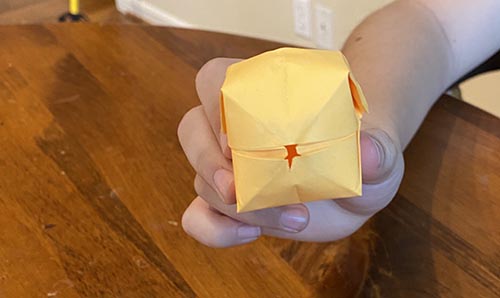
Does it seem like the water in your home’s faucets comes out at a trickle? Are you frustrated with how long it takes for your washing machine to fill up with water?
If you answered yes to either of these questions, there’s a good chance your home has low water pressure.
Thankfully, it’s an easy problem to diagnose and solve. Here’s how to do it.
Step 1: Measure Your Water Pressure

The ideal water pressure for most homes is between 40 and 60 PSI, with 50 being the sweet spot.
Checking the water pressure in your house is really easy. First, you’ll need to buy a water pressure gauge. They’re about $15 at Home Depot.
Once you’ve got your gauge, attach it to an outdoor faucet and turn it on. If the gauge is showing a water pressure below 40 PSI, you’ve got low water pressure.
Step 2: Adjust the Pressure-Reducing Valve

Suppose you’ve determined that your house has low water pressure. In that case, your first step is to see if you can increase it by adjusting the pressure-reducing valve (also known as a pressure regulator) on your home’s main water pipe. First, you need to check if your home has a pressure-reducing valve. A lot of older homes built before the 90s don’t.
If your home does have a pressure-reducing valve, it will usually be near where your main water pipe enters your home. Another place it could be is right near your water meter. Look for a conical-shaped valve. This is your pressure-reducing valve. On top of the valve is a threaded bolt. Loosen the lockout nut and then turn the bolt right to loosen it.
Check your water pressure gauge. Once it gets to 50 PSI, tighten the lockout nut to secure the valve in its new position.
Step 3: If Adjusting the Pressure-Reducing Valve Doesn’t Work, Call the City
Let’s say adjusting your pressure-reducing valve didn’t increase your water pressure (or you don’t have a pressure-reducing valve). In that case, your low water pressure may be an issue stemming from your city’s water system. Give the city a call to see if they’re aware of any problems with the water main near your home. If they find an issue, they’ll resolve it, and your water pressure problem is solved, too.
If there isn’t a problem with your city’s water main and you still have low water pressure, you’ll need to proceed to step four.
Step 4: If City Hall Can’t Do Anything for You, Install a Pressure Booster

If you’ve done the above and still have water pressure issues, you’ll need to install a pressure booster. A pressure booster is an electric pump that boosts the water pressure coming from your main line to an appropriate level before it enters your house.
Pressure boosters cost between $100 and $800. Installation is a complicated job and doing it wrong can really mess up the piping in your house, so it’s something you’ll want to have a licensed plumber do.
If after following these steps, you’re still having trouble with low water pressure with your shower head specifically, the issue is likely that it’s still got a regulator in it that was installed by the manufacturer. Search YouTube for instructions on how to remove the regulator from your particular shower head — you’ll find it makes a big difference!







